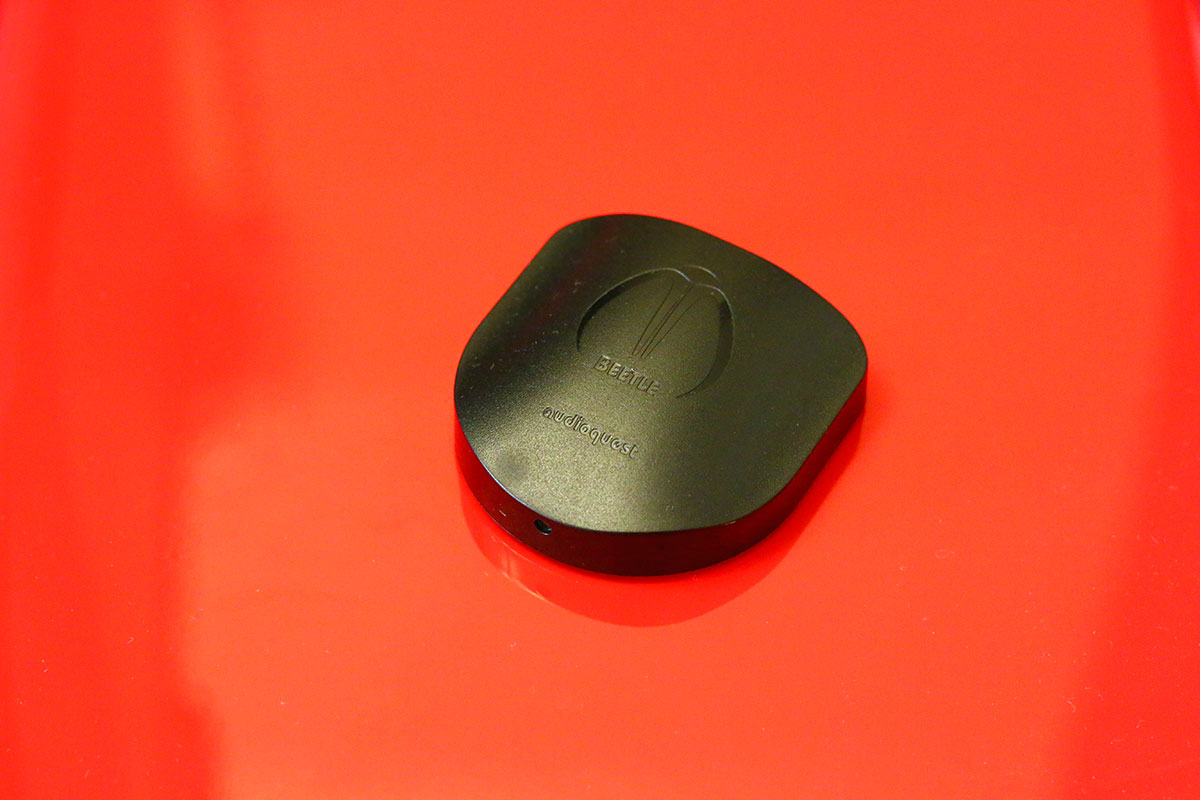
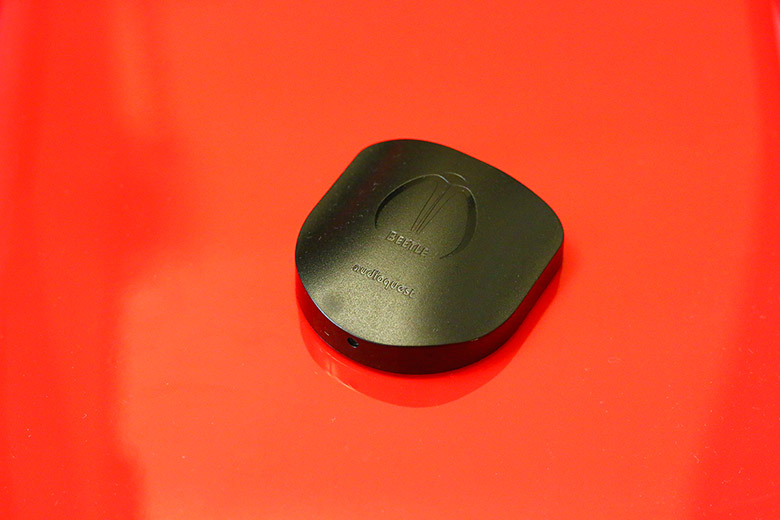
The Master Switch


The Master Switch
It’s often easy to forget in the seemingly endless mission for better and better sound, but the role of a Digital-to-Analog Converter (DAC) isn’t just to improve the audio quality. It’s also there to make it as easy as possible to send the audio where you need it. Any DAC that makes this process easy is already in the black, as far as we’re concerned, and with the Beetle, AudioQuest have hit on one of the most elegant solutions we’ve ever come across. In this review, we break down the Beetle’s sound, design, packaging and accessories, specs and more. To see some alternatives, read our list of the best DACs.
The big draw with the AudioQuest Beetle is its asynchronous Bluetooth. If you’ve never come across this term before – or have come across it but don’t know what it means, which is entirely possible, given how infrequently things like this are explained – then it’s worth dipping into. When you connect a Bluetooth device to a source, it’s usually the source that handles things like timing, and knowing when to deliver the audio you hear, relying on its internal clock to do the job. This is known as a synchronous relationship, and it’s usually not very good. Why? Because Apple and Google and whoever is making your laptop or phone or tablet aren’t really interested in creating high-level internal clocks. Kind of hard to market in cute ads, you understand. That means that while the audio they are putting out is usually acceptable, you’ll often get little errors – sometimes noticeable, sometimes not – that amount to glitches in the audio stream, and which are, in fact, errors in timing.
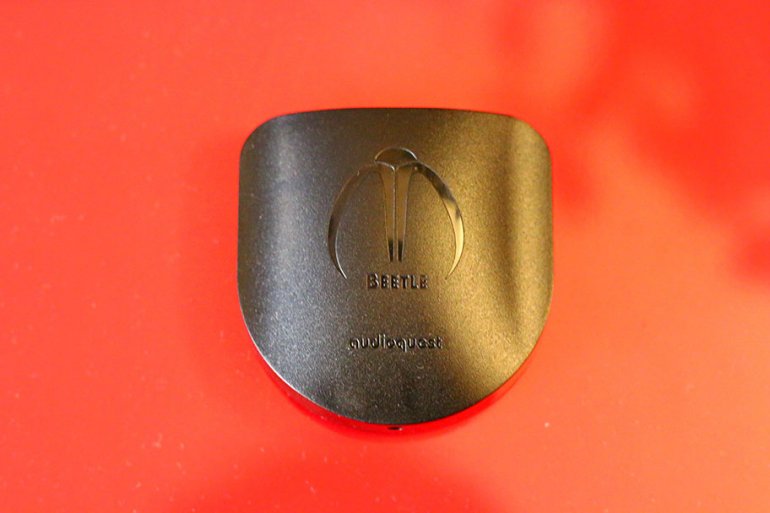
Asynchronous Bluetooth devices - like the Beetle - say, ‘forget that.’ They take each input source, throw away its clock data, and use their own. Since their internal circuitry is of a much higher quality, this generally results in fewer errors. Now, we will admit: this kind of thing is very difficult to test. While we have no reason to believe that this DAC isn’t asynchronous, it’s extremely hard to tell without detailed scientific testing, which we don’t typically do on this site (too expensive, very boring to read about). Timing errors, in most cases, are quite difficult to spot. But knowing the company as we do, and having been wowed by their products in the past - read our gushing take on their NightHawk Carbon headphones - we are prepared to give them the benefit of the doubt here. Outsourcing the job of any of your source’s circuits to dedicated boxes will always give you better sound, and we believe that to be the case here.
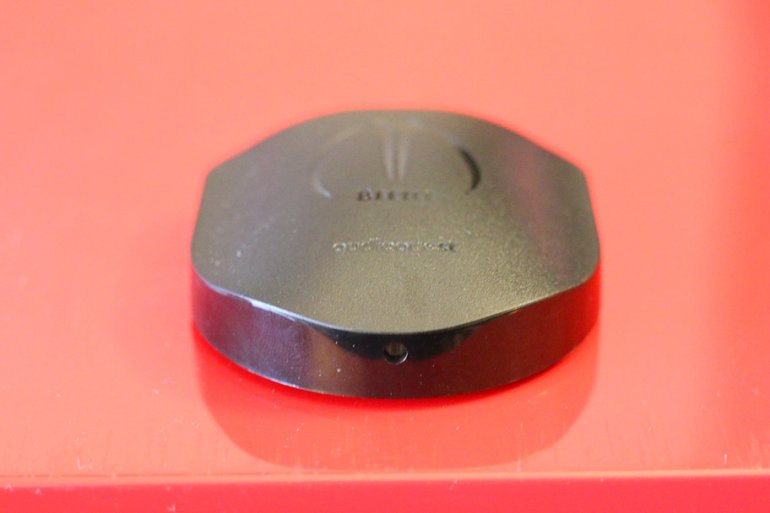
Beyond that, the Beetle is more notable for the audio it handles than the actual audio quality, which is very subtle and neutral, almost to the point of invisibility. Doing an A/B test with the Nano iOne, we definitely picked out the neutrality, but didn’t see a dramatic difference. When listening with headphones – and be aware that this won’t power absolutely all the headphones out there; some will require a little bit more oomph – we got a sense of that same easy neutrality. Nothing like the pitch black sound of the JDS Labs Objective2 (full review here), but certainly very capable.
In terms of actual audio formats, this isn’t the DAC you go for if you have advanced tastes in audio. There is no support for DSD, no MQA (for Tidal listeners) and, if we’re being brutally honest, we’re not wowed by the sample rates and bit depths it takes, either. Listen on Bluetooth, and you’ll get up to 48kHz at 384kbps. Through the optical and USB, that rises to 96kHz / 24bit (you can check our explainer here if none of that makes sense). Admittedly, those are perfectly acceptable for most situations, but they are still quite a bit lower than we’d like, especially for this price. These aren't deal breakers. For the most part, the Beetle does an excellent job, and it’s the kind of thing you buy more for its routing possibilities and ease-of-use than any actual audio advancements. Ultimately, our verdict on this is that it makes the existing audio smoother, thanks to its asynchronous clock, while offering a versatility that is unmatched.
However, you can also use it to power certain headphones – the DAC has just enough juice coming from its 3.5mm output to power things like the Grado SR325e (full review here). Cans with a comparable impedance (the Grados are rated at 32 ohms) should have no problem being driven just by the Beetle’s power output. Anything above that, and you probably need a separate headphone amp. And be warned: you’ll certainly get a little bit of a boost to the sound, but nothing crazy.
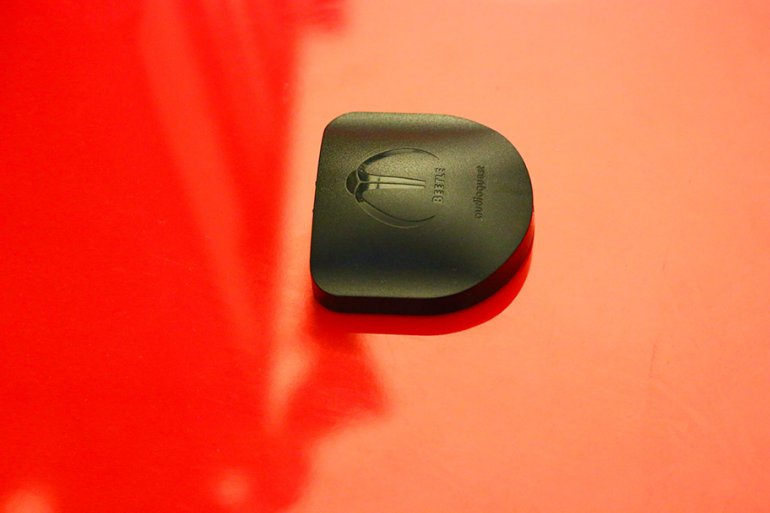
If we were going by first impressions only, the AudioQuest Beetle would fail outright. It’s not that it’s poorly packaged, or that the build quality is shoddy. It’s just that it’s a little hard to believe that this tiny, dinky little plastic box is really worth $200. It’s hard not to feel like you’ve been cheated, somehow – surely there’s no way such a tiny piece of equipment, one that weighs less than a few nickels, can really hold circuitry that will make a real difference to your audio setup? Look at this thing! It’s got zero controls, two inputs, and a lone output – a 3.5mm one, no less, not even a twin RCA. The only thing even moderately exciting about it is the little LED on the front. It’s puny. There’s no possible way this is for real. And it’s not like AudioQuest aren’t capable of producing impressive-looking and feeling gear; hold their DragonFly Red in your hand, and is a real sense of solidity and quality. So what gives?
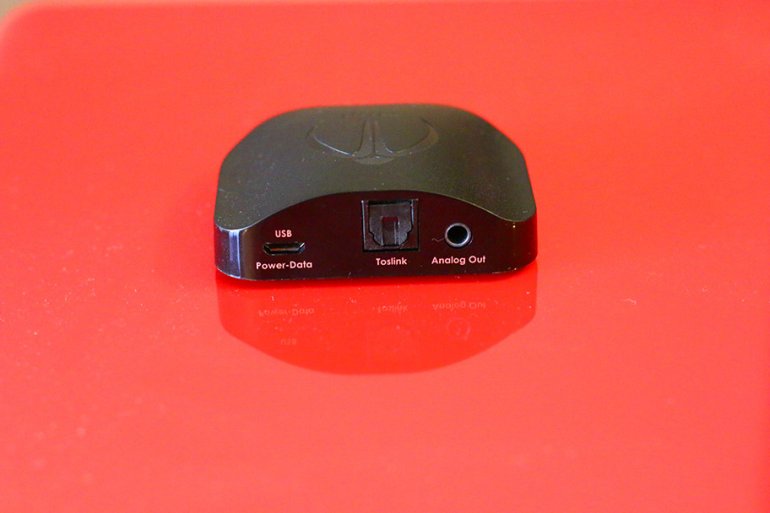
We misled you slightly when we talked about two inputs. There are, in fact, three of them. There’s a straight USB input, which also functions as a power input; there’s a TOSLINK optical input, and there’s Bluetooth. We have a guilty addiction to Bluetooth DACS, like the iFi Audio Nano iOne (full review here) – while they are never going to be as good as their wired counterparts, there’s no denying that they make listening to decent audio as simple as it gets. With these three inputs, and the single 3.5mm output, the Beetle manages to make itself astonishingly usable. (For comparison, the Nano iOne is able to take up to 192kHz sample rate, compared to the Beetle’s 96kHz and it also offers aptX Bluetooth. It’s also similarily priced, at $199. A whole dollar off!) You can, if you so desire, use the Beetle as a standard USB-or-Bluetooth-driven DAC in a home hi-fi setup. You can connect it up to your TV, using the optical input to handle the sound, and using it to supply the audio to a separate set of speakers. It can be used to improve the audio inside your car, hooked up to the internal system. We wouldn’t be surprised if it could cook us a three course dinner with cocktails.
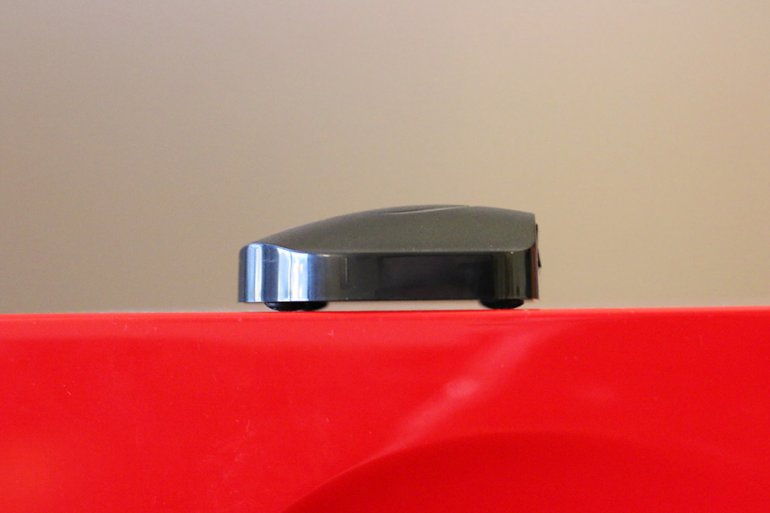
And all this with zero external controls. AudioQuest have put some significant thought into how to control the volume, including a 64-step bit-perfect digital volume control inside the Beetle, which means you can adjust audio volume at the source while still maintaining accuracy. For Bluetooth and USB, they advise you to set the playback application volume to 100%, and then control the actual volume using the operating system’s main controls. Things are slightly different for the optical input, which isn’t set up to handle volume controls; you’ll need to adjust the volume on the preamp or receiver for this one. That’s very similar to more expensive DACs, like the Resonessence Herus (over double the price, at $425).
It was actually quite staggering just how quickly the Beetle integrated itself into our existing setup, and how fast we came to depend on it. Having Bluetooth transmission available through a quality set of circuits is always welcome, but this little bug really impressed us with just how simple it was to use. If there’s one design flaw, outside of the underwhelming first impressions, it’s the light on the front. It’s bright. Very bright. As in, don’t look directly at it. While it’s useful to have a visual indicator of what’s going on (different hues indicate different sample rates) we found ourselves quite literally hiding the Beetle away, as the light was significantly distracting. It’s a minor point, but still worth mentioning.
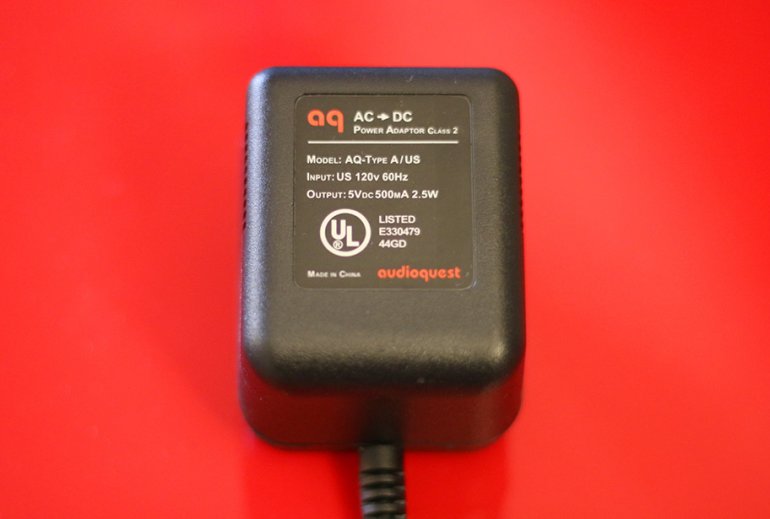
AudioQuest have always been able to provide excellent accessories – just check the smorgasbord that came with the NightHawk Carbon, mentioned above – and while they don’t offer super exciting ones here, the things that do come in the simple cardboard and plastic package are of a high quality. You get a wall-wart power supply, which connects directly to the USB input. It’s not huge, like some we’ve seen, which is something we appreciate. The only other accessory you get is the Flight Manual (cute), which details the setup and operation. You’re going to need it; while this might be a relatively simple device, it helps to know how to set it up, how to use it, and what makes it so special. The manual, for the most part, is well designed and easy to read.
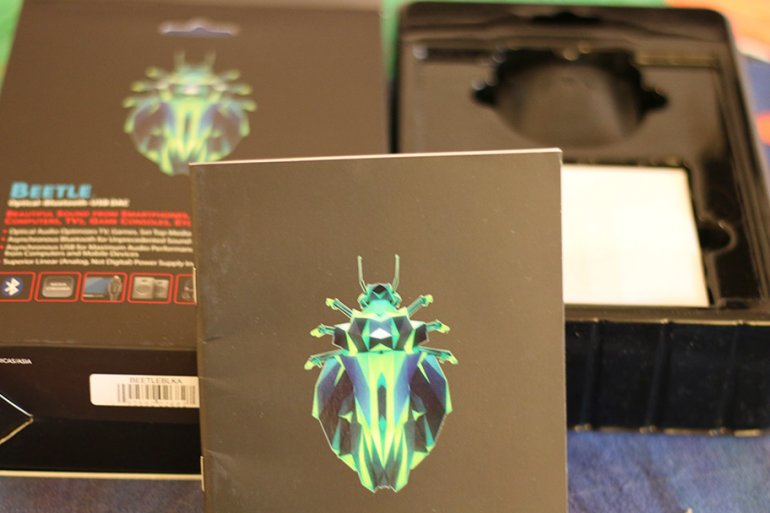
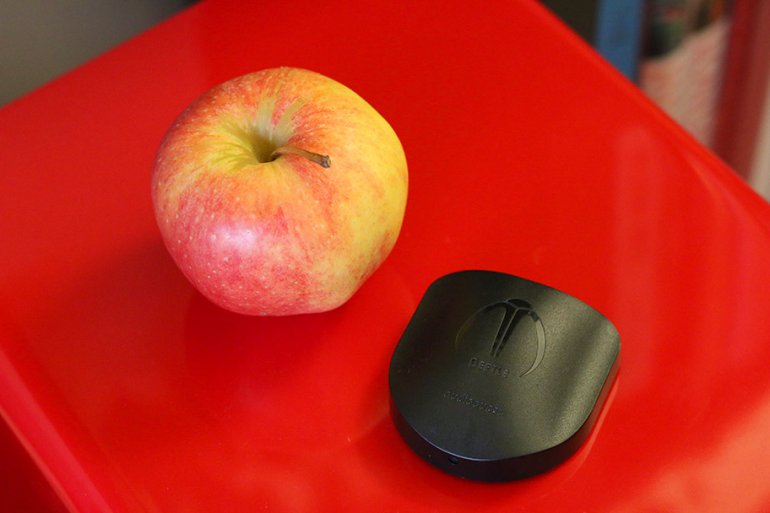
| DAC | Price | Amp | Chip | aptX | Max Sampling |
|---|---|---|---|---|---|
| AudioQuest Beetle | $200 | No | Unknown | No | 96kHz |
| iFi Nano iOne | $199 | No | Burr-Brown True Native | Yes | 192kHz |
| AudioQuest DragonFly Red | $250 | Yes | ESS 9016 | No | 384kHz |
| Audioengine B1 | $189 | No | AKM AK4396 | Yes | 96kHz |
| Chord Electronics Hugo 2 | $2,379 | Yes | Xilinx Artix 7 | Yes | 768kHz |
The iFi Audio Nano iOne is the Beetle’s most direct competitor, at a virtually identical price at the time of writing ($199). It also offers Bluetooth, but manages to put out higher sample rates and bit depths than those of the Beetle. You also get DSD and DXD compatibility. That being said: it definitely doesn’t have the portability or versatility of the Beetle, and the design is a lot clunkier, and quite a bit more heavy. This would look out of place in a car, where the Beetle would slot right in. You get this one if you’re doing exclusively desktop listening, and you want slightly better audio fidelity.
The most common comparison with the Beetle, however, is another AQ model: the AudioQuest DragonFly Red. Well, why not? For while this is technically more of a headphone amp than a DAC, we don’t see any reason to not compare it to the Beetle. They certainly offer different experiences. The DragonFly is a dedicated USB solution, designed to slot right into a laptop and function as a very competent headphone amplifier for just about any pair of cans. Ultimately, that means you choose it if you weren’t interested in Bluetooth or optical functionalities, and you simply wanted a way to boost your laptop or tablet sound. Like the Beetle and the Nano iOne, it costs around $250, meaning price shouldn’t factor into your decision here.
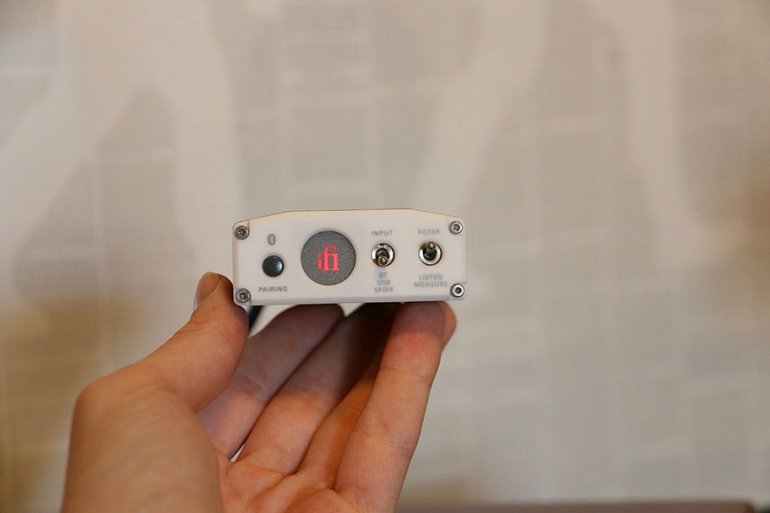
As another alternative, you should check out the Audioengine B1. We can’t comment on the sample rates available here – they aren’t available on the company website – but this is a viable alternative if something like the Nano iOne isn’t available. It’s getting a little bit old now, and that antenna is positively prehistoric, but it absolutely gets the job done, and offers excellent functionality and sound quality. It is identically priced at…we’re kidding. It’s actually priced at $189, compared to $200 for the other DACs on this list.
AudioQuest don’t offer many other DACs beyond the Beetle, the DragonFly Red, and its less exciting cousin, the DragonFly Black. So, let’s have some fun. Multiply the cost of the Beetle by ten, add a tiny bit more cash, and you can own one of the finest DACs on the planet: the colorful, amazing Chord Electronics Hugo 2. It takes everything that the Beetle does, and does it better – although at over $2,000, you’d definitely expect it to.
However, we can’t compare the Beetle to the Hugo - that’s a little unfair. And the Beetle’s biggest perceived weakness – the flimsy, lightweight design – actually ends up being one of its greatest strengths. While it doesn’t stop it having a slightly lousy first impression, it does mean that it’s very easy to integrate into an existing setup: light and small enough to hide away, with enough features packed into it to justify the price tag. For certain situations, such as where you want to get decent Bluetooth audio in your system, or improve your TV sound, the Beetle is just extraordinary. It’s a well-made, well thought out piece of equipment that does far more than we expected it to, and we think it’s going to be a firm favorite for a long time to come.